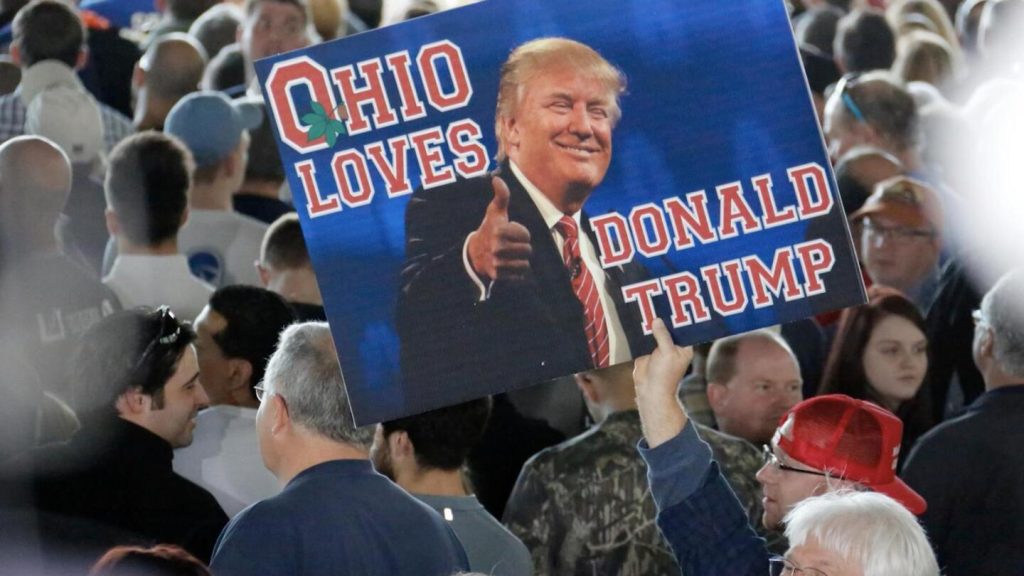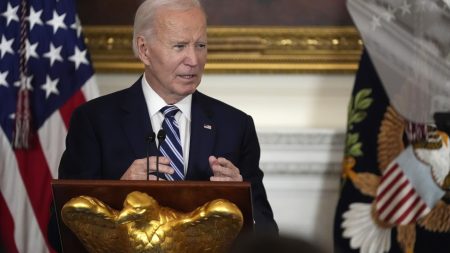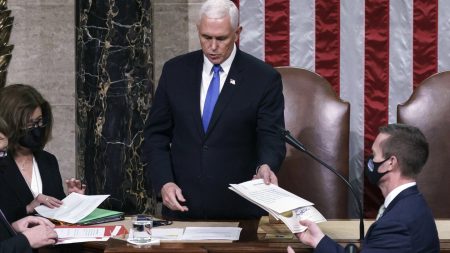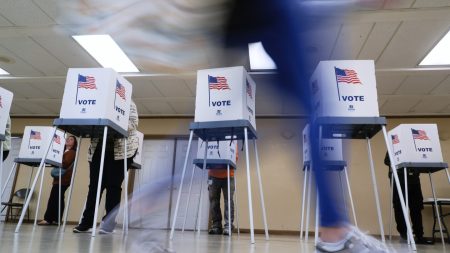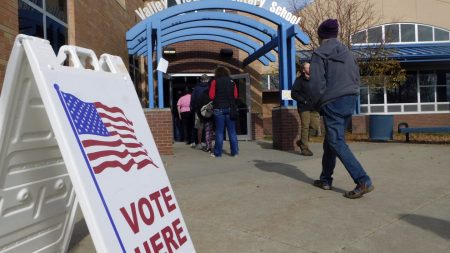Ohio, a historically important state during presidential elections, has been a battleground where both parties fought for support from undecided voters. However, the dynamics changed with the emergence of Donald Trump. Trump’s unconventional approach and appeal to working-class voters shifted the political landscape in Ohio. His promises to bring back jobs and revitalize the economy resonated with many Ohioans, leading to his decisive victory in the state during the 2016 election. This marked a significant departure from the traditional swing state status of Ohio.
Despite Trump’s success in Ohio, the state’s political landscape remains fluid as the 2020 election approaches. Recent polls have shown a close race between Trump and Democratic challenger Joe Biden. Ohio’s diverse electorate, consisting of urban and rural voters with varying political ideologies, makes it a challenging state to predict. Issues such as the economy, healthcare, and racial justice are at the forefront of voters’ minds, influencing their decision-making process. Trump’s handling of the COVID-19 pandemic and Biden’s proposals for economic recovery are key issues in the minds of Ohio voters.
The role of Ohio in the upcoming election is significant, as it continues to be a battleground state that could sway the outcome. Both campaigns are investing resources in Ohio, recognizing its importance in the Electoral College. Trump’s base of support among working-class voters and Biden’s appeal to suburban and minority voters create a competitive environment in Ohio. The state’s history of voting for the winning candidate in presidential elections adds to the suspense surrounding the outcome in November. Ohio remains a state to watch closely as the election draws nearer.
The shifting political landscape in Ohio reflects broader trends in American politics, with polarization and changing demographics influencing electoral outcomes. The state’s industrial past and economic struggles have shaped the priorities of its voters, making issues like trade and manufacturing crucial in elections. Trump’s populist rhetoric and promises to prioritize American workers have resonated with many Ohioans, while Biden’s proposals for infrastructure investment and healthcare reform appeal to different segments of the electorate. The outcome of the 2020 election in Ohio will provide insight into the changing dynamics of US politics.
As the campaign heats up in Ohio, both parties are intensifying their efforts to win over voters and secure the state’s crucial electoral votes. Trump’s rallies and messaging focused on law and order and economic revival contrast with Biden’s appeals for unity and systemic change. The campaign landscape in Ohio reflects the broader national debate on the direction of the country, with voters facing a stark choice between two contrasting visions for the future. The outcome in Ohio will serve as a bellwether for the national mood and could determine the path of US politics in the years to come. Ohio’s role as a battleground state and its history of electoral significance make it a key player in the upcoming election.









